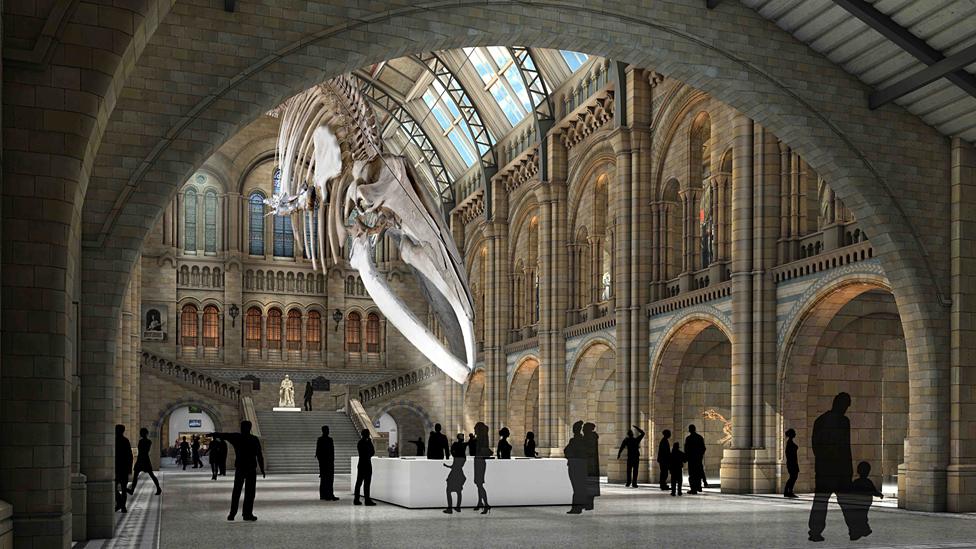Coventry museum's excitement builds for Dippy the dinosaur
- Published
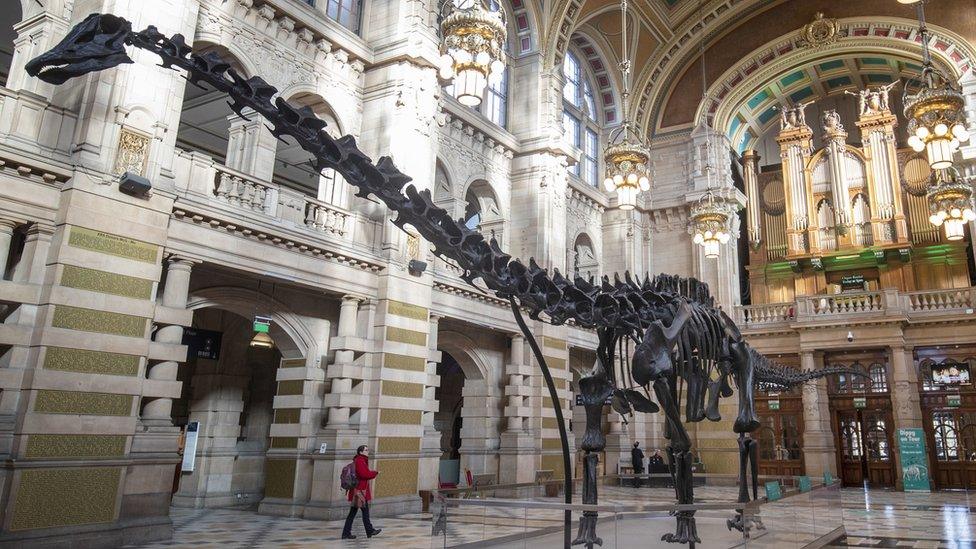
Dippy the Diplodocus is being taken apart at the Natural History Museum before being unveiled in Coventry on 20 February
A celebrity dinosaur's residency in Coventry is expected to boost the local economy, a museum manager has said.
Dippy the Diplodocus first went on display at London's Natural History Museum in 1905, and has been viewed by millions of people.
Despite making way in 2017, a whistle-stop tour of the UK followed, before his three-year stay in Coventry starts next month.
However, reassembling the 26-metre-long (85ft) Dippy is no mean feat.
A team of five technicians will take four days put him together at the Herbert Art Gallery and Museum, operations manager Steve Wiles said.
"It's brought new energy to everyone at the museum," he said.
"We're hoping the economy in the city centre will just lift as part of Dippy being with us."
The 292 replica bones and ribs which make up the skeleton, made from plaster of Paris, are being packed into 28 crates by staff at the Natural History Museum.
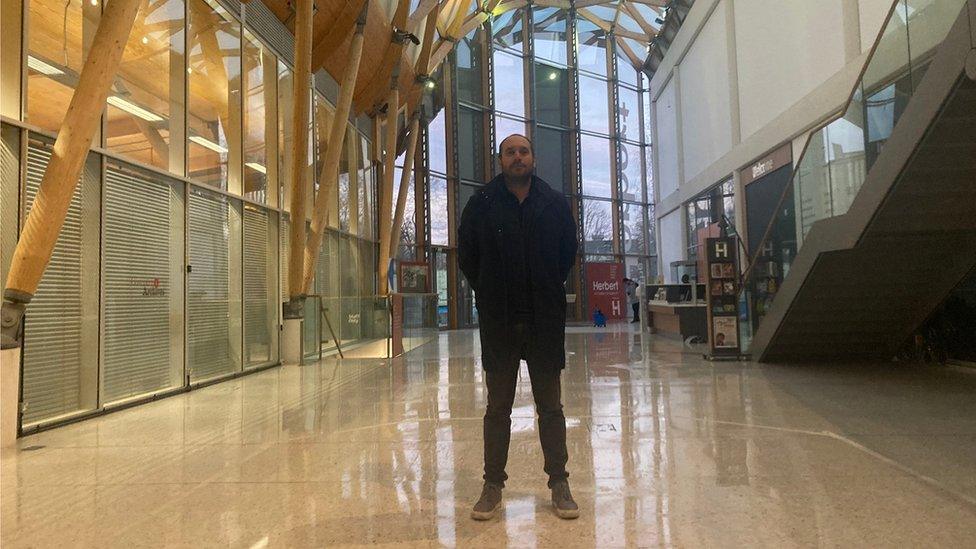
Steve Wiles said teams had carefully worked out where Dippy's plinth will sit, to make sure the skeleton's head and tail fit inside the gallery
A plywood floor will be put down across the Herbert Art Gallery and Museum's atrium floor from 1 February so the crates can be unloaded without causing damage, Mr Wiles said.
Dippy will sit on a 4x8m (13x26ft) plinth and its location has already been carefully marked out in the atrium's floor.
Mr Wiles told BBC Radio CWR the location of the plinth was crucial when it comes to fitting the exhibit's head and tail in.
"If we get the plinth in the wrong place, we might have a problem with the doors at the far end and have Dippy's head coming out into Cathedral Square."
Dippy's tail, the longest part of the skeleton, will weave round a loom, currently in the atrium, and end near the museum's shop.
Timelapse photography of the installation will be featured on the museum's website and the head will be the last piece to be placed on the skeleton before he goes on display on 20 February.
Free tickets have been made available for advance booking and the museum officials said they were expecting high demand during the February half-term and Easter.

Follow BBC West Midlands on Facebook, external, Twitter, external and Instagram, external. Send your story ideas to: newsonline.westmidlands@bbc.co.uk
- Published4 January 2023
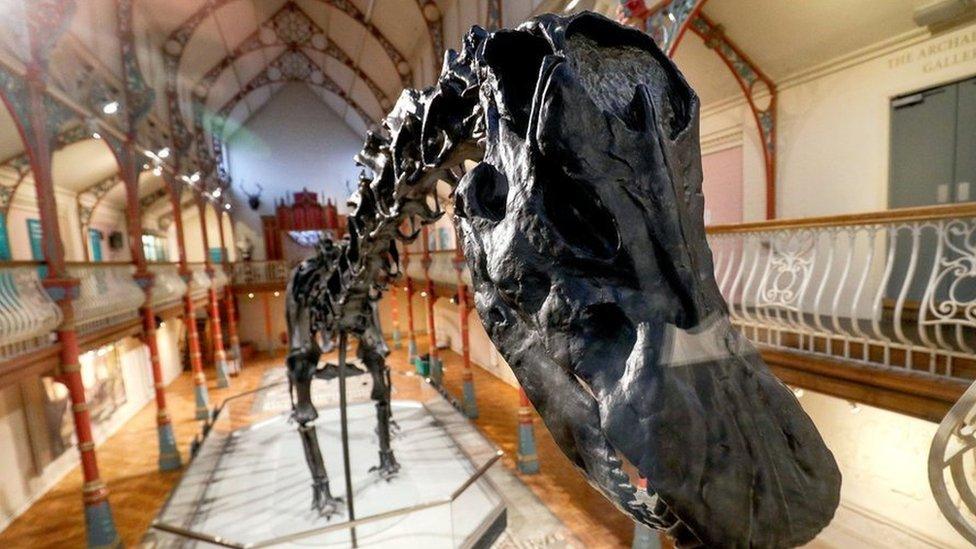
- Published26 May 2022
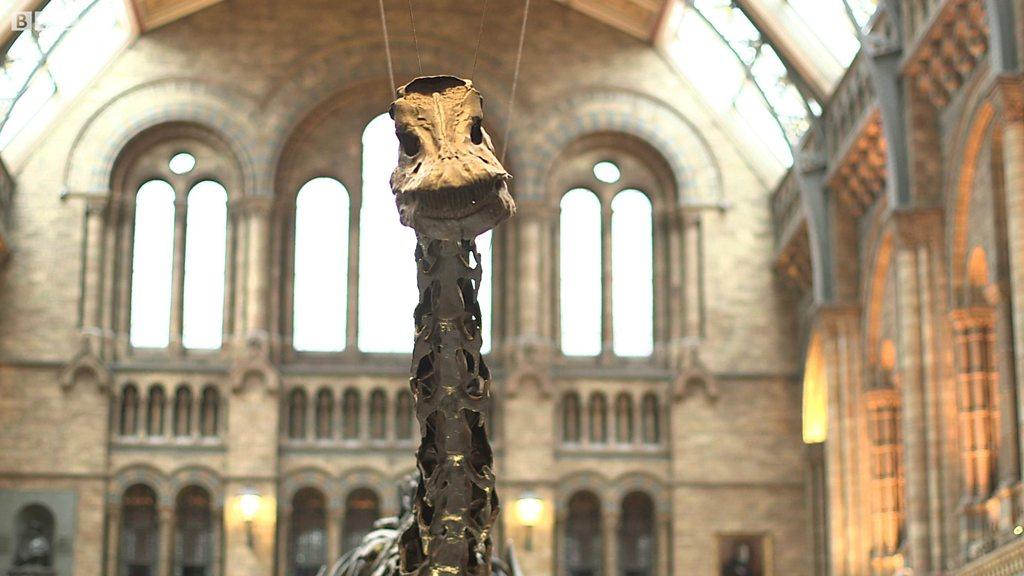
- Published1 September 2021
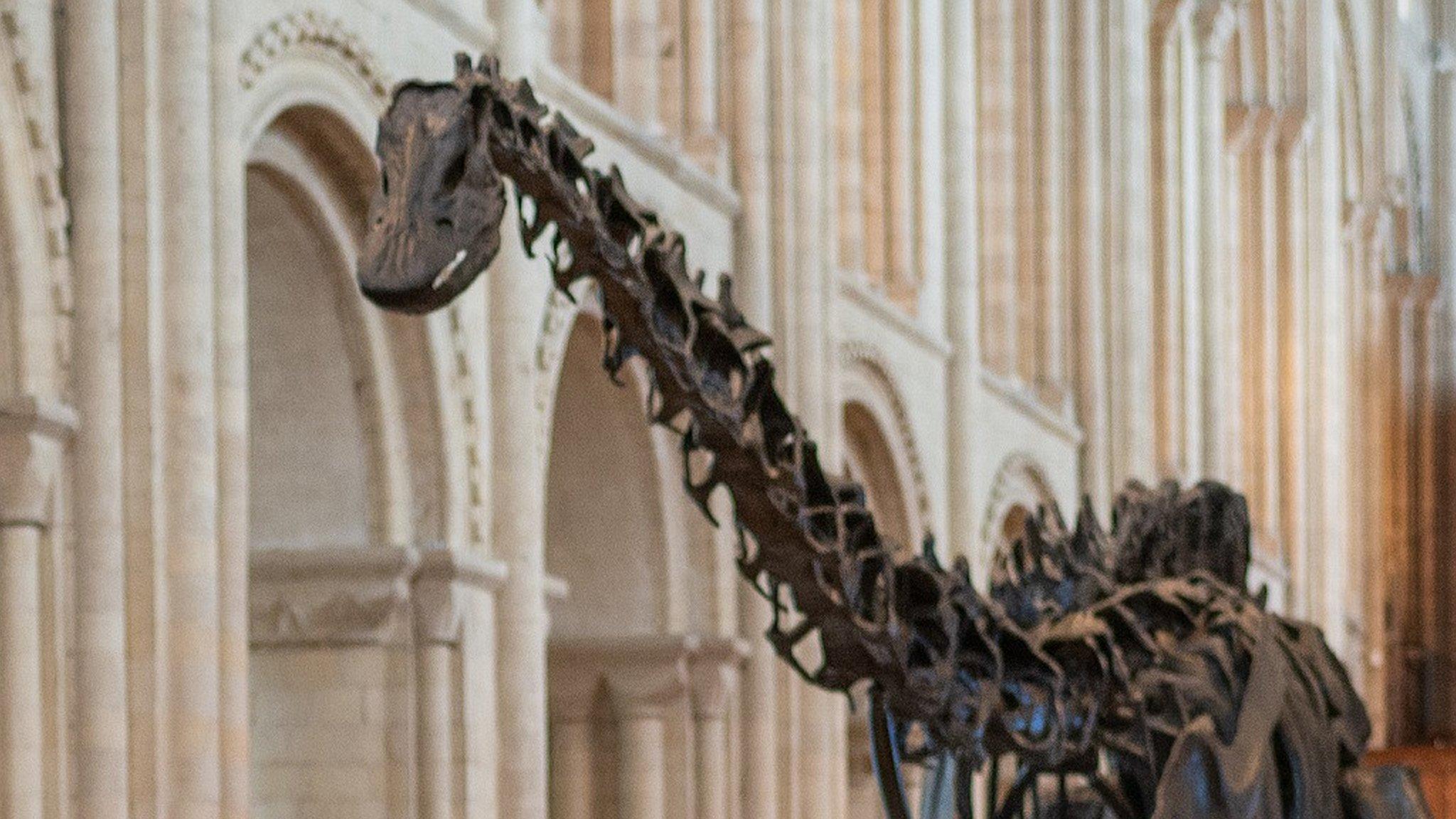
- Published15 November 2016
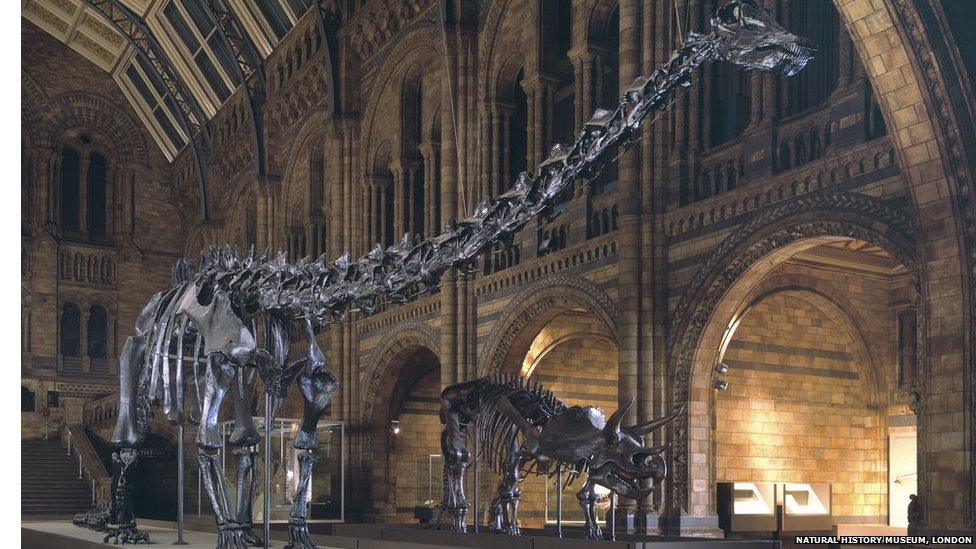
- Published29 January 2015
